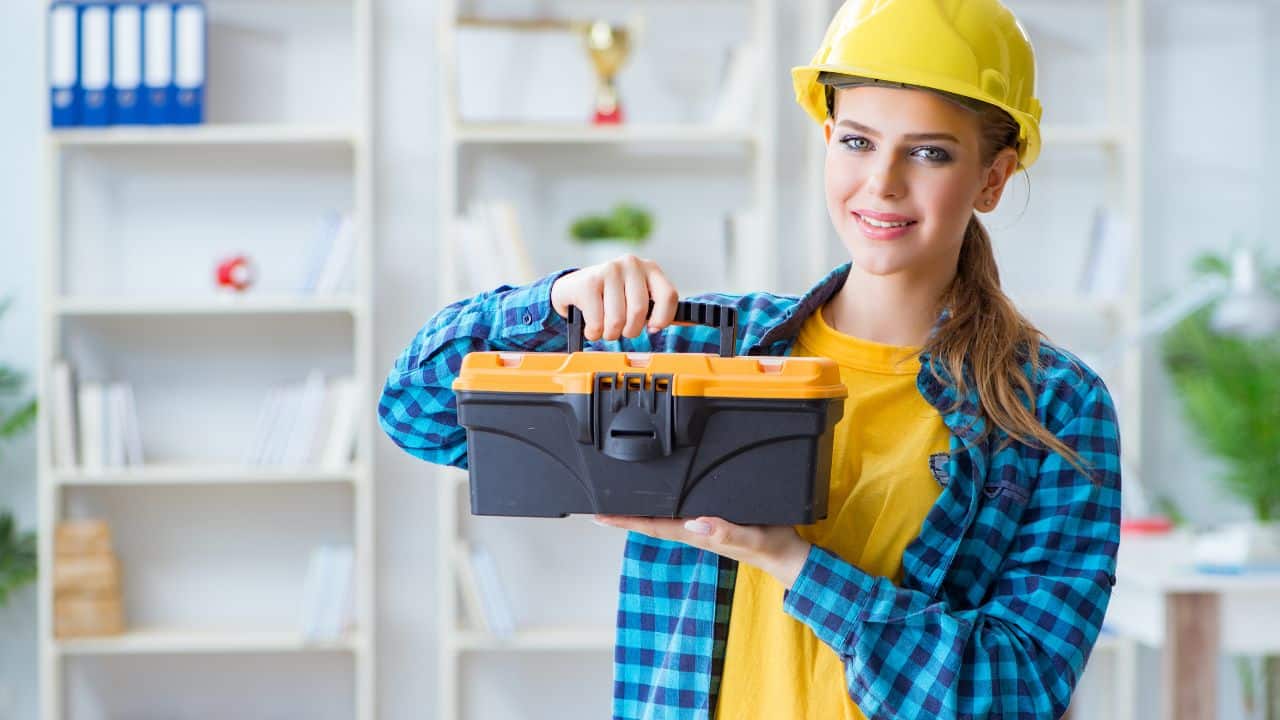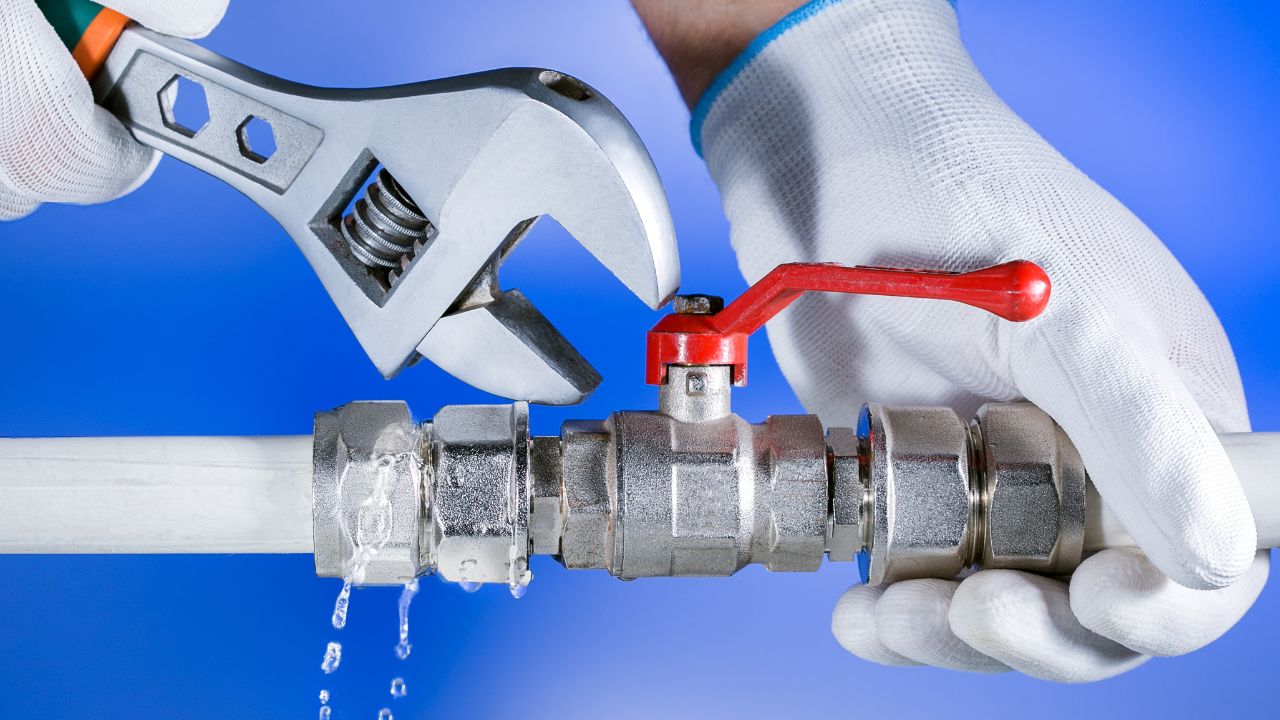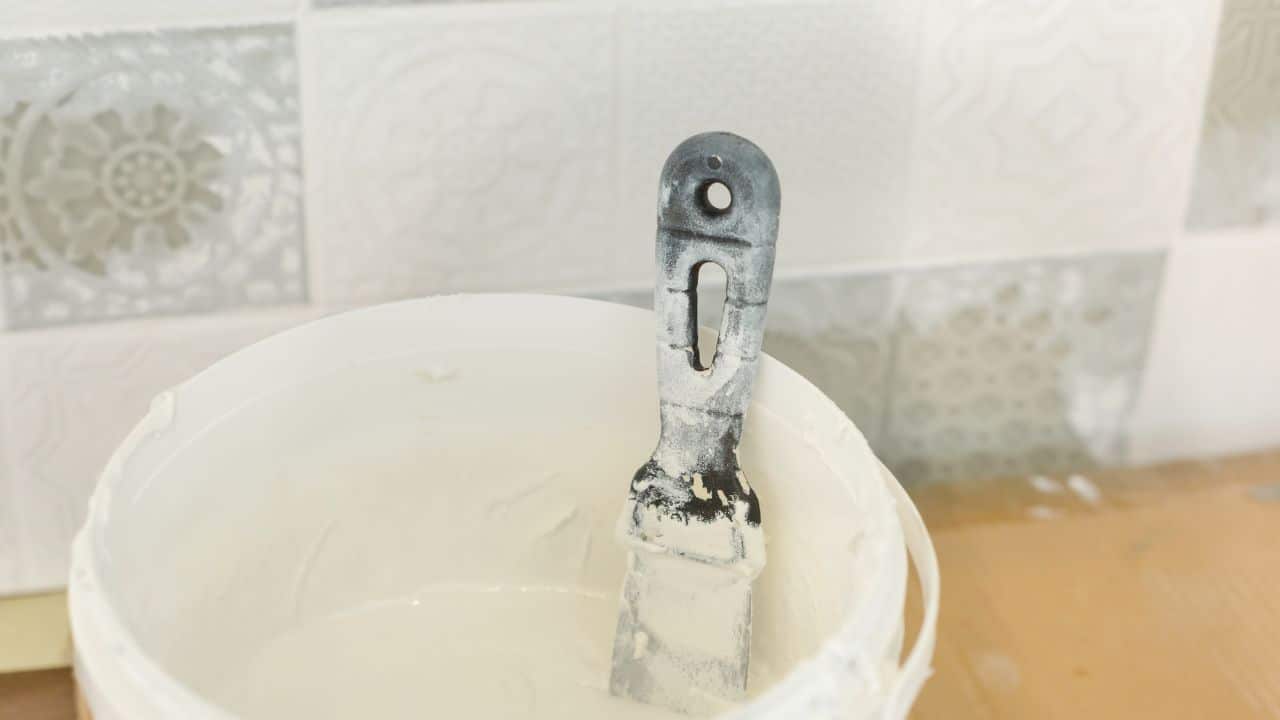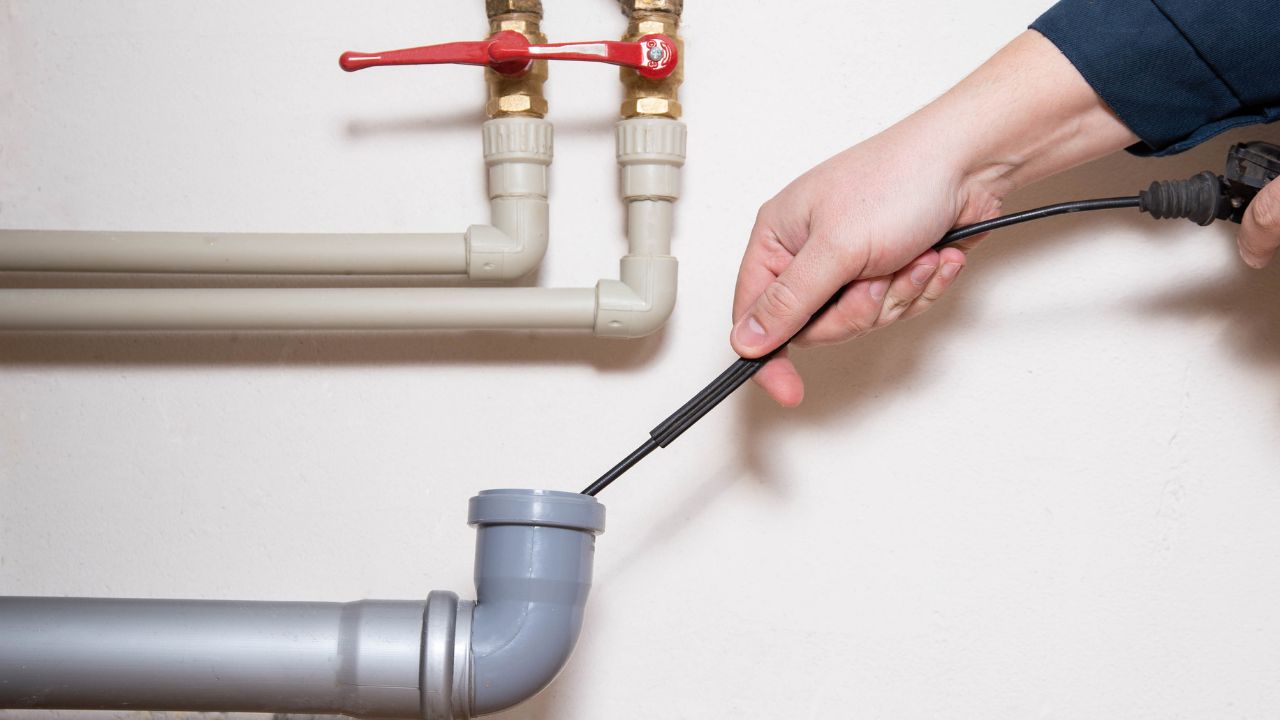Last Updated on September 4, 2023 by Pro Handyman Australia – Editorial Team
Introduction to Home Plumbing Challenges
For new homeowners or those just venturing into the realm of do-it-yourself projects, it’s essential to have a set of tools specially designed to address common plumbing issues. Having the right equipment at hand can significantly simplify your DIY plumbing endeavors.
The Importance of a Well-Equipped Toolkit

A well-stocked toolkit is crucial for tackling those unexpected plumbing emergencies, from leaky pipes to clogged drains. It empowers you to take immediate action, saving both time and potentially high repair costs.
Essential Tools for Common Plumbing Issues
No more resorting to makeshift solutions or feeling helpless while waiting for a professional to arrive. Instead, consider including the following essential tools in your plumbing toolkit:
The Quintessential Plunger: More Than One Type for More Than One Task
The plunger is an iconic tool synonymous with quick fixes for blocked drains and toilets. Plungers come in a variety of designs. For example, the cup plunger, which comes with a wooden handle, excel at clearing blockages in sinks, tubs, and showers. On the other hand, flange plungers have an extended rubber flap below the cup to provide a more secure seal, making them ideal for tackling toilet clogs.
The Adjustable Wrench: Versatility Meets Affordability
An adjustable wrench proves invaluable for small tasks such as changing faucets or showerheads. For a versatile toolset, consider having both 6- and 10-inch versions. These sizes are particularly useful for plumbing tasks. If your concern is preserving the finish on a fitting while tightening or loosening it, a crescent wrench, which lacks teeth, is your go-to tool.
The Specialized Basin Wrench: Reach Where Others Can’t
For those hard-to-reach faucet nuts behind the sink, nothing works as effectively as a basin wrench. This tool is equipped with a long shaft that enables you to access confined spaces easily and loosen or tighten hardware that’s out of arm’s reach.
The Mighty Hacksaw: More Than Meets the Eye
Despite its seemingly flimsy appearance, a hacksaw is a robust tool capable of cutting through PVC pipes, metal pipes, screws, and other hardware. Given its capacity for intensive work, always keep a spare blade on hand for those times when the unexpected happens.
The Tape Measure: Precision in the Palm of Your Hand
The tape measure may be a familiar tool, but it’s indispensable for your plumbing toolkit. Accurate measurements can save you time and prevent costly mistakes, so be sure to have one readily available.
Personal Protective Equipment: Safety First

The importance of having personal protective equipment (PPE) cannot be overstated. Beyond the simple tasks like unclogging a toilet, there may be situations involving hazardous materials or conditions. Essential PPE includes gloves, foot and eye protection, and a mask to ensure your safety during any plumbing work.
Thread Tape and Sealant: The Small Items that Make a Big Difference
Known colloquially as “the duct tape of plumbing,” thread tape is a must-have for any DIY enthusiast. A few layers wrapped around pipe threads can provide a strong seal to prevent leaks. For situations demanding even greater strength, thread sealant is the better choice.
Tubing Cutters: The Right Cut in Tight Spaces
Tubing cutters offer a quick and clean way to cut through copper, aluminum, or brass pipes. In addition to a standard-size cutter, consider having a close-quarter mini-cutter on hand for those jobs in tight, confined spaces.
Mastering the Art of Drain Cleaning: The Small Hand Snake
When it comes to unclogging drains in tubs, showers, and sinks, the small hand snake is a versatile tool. Manually crank the snake through the drain to reach and capture debris like hair and clogs. If the process becomes complicated, however, it’s advisable to consult a professional to avoid damaging the plumbing.
The Dynamic Duo: Caulk Gun and Caulk
Should you find yourself needing to repair seals around sinks, toilets, or tubs, a caulk gun is an indispensable tool. Simply insert a tube of caulk into the gun and squeeze the trigger to effectively seal cracks and joints.
Liquilock: The Game-Changer for Toilet Removal
While removing a toilet might not be on everyone’s list of pleasant activities, Liquilock makes the task less daunting. These crystals transform toilet water into a gel-like substance, preventing spills and messes when you’re ready to lift the toilet.
Versatile Epoxy Putty for Quick Repairs

Epoxy putty is a multi-use sealing, patching, and mending compound suitable for a variety of materials including plastic, metal, fiberglass, concrete, and ceramic. The putty mixes easily in your hand and applies smoothly, making it the go-to choice for fixing issues like broken tiles and molding.
Unblocking Drains the Easy Way: Glug Products
A clogged bathroom drain may be an inconvenience, but it’s usually straightforward to fix. Glug Crystals Drain Opener employs powerful crystalline flakes designed to quickly clear slow-moving drains and dissolve clogs caused by hair, soap, and grease.
The Chemical-Free Clog Solution: Clog Buster
For those who prefer to avoid chemical solutions, the Clog Buster provides an effective alternative for dislodging clogs. Push the Clog Buster into the drain as far as possible, and then gently turn on cold water. The clog usually dislodges almost immediately. Remember, Clog Busters must be fully inserted into the drain pipe and should not be used in a 90-degree elbow or tee.
The Indispensable Slip-Joint Pliers: A Tool of Many Uses
Slip-joint pliers prove their worth in an array of plumbing scenarios, from bending materials to gripping objects in tight spaces. With dual sets of teeth designed for versatility, these pliers can easily grip small objects like nails or manage bulkier items such as bolts. If you ever find yourself lamenting a lost ring down the kitchen sink, slip-joint pliers may very well be your saving grace.
The Sink Auger: Your Go-To for Sink and Tub Drain Clogs
Also known as a drum or canister auger, the sink auger is specially crafted for dislodging and eliminating clogs in sink and tub drains. This tool comprises a flexible stainless steel cable coiled within a drum canister. The cable’s corkscrew tip is designed to navigate through the bends of drain pipes, enabling it to penetrate and remove clogs. To operate the tool, simply extend the cable into the drain and rotate the handle, allowing the cable tip to reach and clear the obstruction. It’s important to note, however, that sink augers should not be used on toilets, which require a different type of auger altogether.
The Toilet Auger: A Specialized Tool for Toilet Clogs
Also known as a closet or water closet auger, the toilet auger is designed specifically to clear toilet clogs. Unlike sink augers, this tool features a long metal rod with a bend that allows it to reach into the bottom of the toilet bowl. A protective rubber sleeve covers the bend, safeguarding your toilet’s porcelain finish. To effectively clear a clog, position the tool properly and push while rotating the auger cable, snaking it into or through the obstruction.
Drain-Cleaning Bladder: Tackling Clogs with Water Pressure

The drain-cleaning bladder offers a unique approach to clog removal, leveraging water pressure to dislodge obstructions. This device is typically connected to a standard water hose. Upon turning on the water, the rubber bladder expands. To use the tool, first open your drain’s clean-out access and insert the drain-cleaning bladder. Once the water is turned on, the bladder expands, sealing the pipe and directing water pressure towards the clog, propelling it forward.
The Faucet Valve-Seat Wrench and Its Uses
Among the quintessential tools for household plumbing repairs is the faucet valve-seat wrench. This unassuming but critical tool is designed to extract valve seats from compression faucets. For the uninitiated, compression faucets are among the most venerable styles of faucets and operate by pressing a rubber washer against a valve seat situated within the faucet’s main body. For other tasks, a lot of expert DIYers resort to using a compression sleeve puller as well.
When your faucet starts to leak or drip, it’s often due to the rubber washer wearing thin, thereby causing the valve seat to sustain damage and develop a rough surface. Such imperfections inhibit a watertight seal. In situations like these, a faucet valve-seat wrench becomes your go-to tool for removing the faulty valve seat for replacement. Should you find that the seat is not designed to be removed, fear not; it can be restored to a smooth surface with the aid of a reseating tool.
The Versatility of the Metal File in Plumbing Tasks
Metal files are essential complements to hacksaws, particularly when you need to smooth out jagged metal edges post-cutting. It would be prudent to keep two distinct types of metal files in your plumbing toolbox. The first, a half-round file, offers both rounded and flat surfaces, making it ideal for various contouring tasks. The second, known as a rat-tail file, is round and tapered, excellent for working in tighter spaces.
The Importance of a Pipe Extractor for Complex Repairs
Encountering a fragment of a broken-off pipe is a plumbing nightmare that even a pipe wrench can’t solve. For such predicaments, a pipe extractor, also commonly known as a nipple extractor, becomes indispensable. This tool specializes in extracting broken-off pieces of pipe lodged inside fittings. Having one on hand can save you time and frustration, elevating it to the list of must-have tools for any homeowner delving into plumbing repairs.
Propane Torch: More Than Just Soldering

When it comes to multipurpose tools, the portable self-igniting gas welding torch, or propane torch, stands out. This tool isn’t just for soldering; its diverse applications extend to heat treating, brazing large diameter copper pipes, thawing frozen pipes, paint and tile removal, and even melting precious metals like gold and silver. When you decide to acquire one, don’t forget to also invest in fire-resistant clothing. This cloth will safeguard nearby combustible surfaces while you’re wielding the torch.
Faucet Key: The Key to Diverse Stem Settings
For those who like to take on diverse DIY plumbing projects, a set of faucet keys will be invaluable. These small but essential tools are designed to open and close spigots and sillcocks. Given that you’re likely to come across a variety of stem settings in your DIY endeavors, having a set of faucet keys will significantly streamline your tasks.
Compact Tools for Confined Spaces: The Stubby Screwdriver
When undertaking do-it-yourself plumbing projects, you’ll inevitably find yourself navigating tight spaces or wrestling with difficult-to-access screws. For such instances, a stubby screwdriver is an invaluable asset to have in your toolbox. Its compact design enables you to operate effectively in cramped quarters, making it an essential tool for any homeowner keen on tackling plumbing repairs.
The Essentials of Plumbing Replacement Parts: Faucet Packing, Washers, and O-rings

When it comes to essential replacement parts for plumbing, faucet packing, rubber washers, and O-rings are indispensable. These small yet vital components are particularly useful for remedying leaky valves commonly found in sinks, radiators, and other traditional fixtures. Faucet packing is essentially a string coated with either graphite or wax, designed to wrap around valve stems, creating a watertight seal beneath the packing nuts.
Equally handy are rubber washers and O-rings, which are generally sold in variety packs featuring multiple shapes and sizes. These packs are convenient to have on hand, particularly if you’re dealing with an older faucet for which official replacement parts may not be readily available. Keeping a variety pack in your toolbox could save you some time because you won’t have to make an unscheduled trip to the nearest hardware store.
SharkBite Copper Caps: A Quick Fix for Leaky Pipes
For those unexpected moments when you discover a leak in your pipes, SharkBite copper caps prove to be an invaluable asset. These ingeniously designed caps can be directly pushed onto a cleanly cut section of copper piping, effectively sealing off the exposed end. This allows you to temporarily halt the leakage by isolating the affected section, enabling you to restore water supply to the rest of your home while you prepare for a more permanent repair.
Where to Source Your Plumbing Tools: Online and Brick-and-Mortar Options

In our digital age, acquiring plumbing tools has never been easier, with options ranging from major online retailers to traditional brick-and-mortar stores. Although you can conveniently click to purchase from large online platforms, don’t overlook the benefits of in-person shopping at well-known hardware stores. When you opt for a physical store, you have the added advantage of consulting with knowledgeable staff who can give you all the information you need before buying everything on your shopping list.
Quality Matters: Selecting the Right Tools
When assembling your home plumbing toolkit, focus on acquiring mid-grade tools that offer lifetime replacement warranties, if available. While budget-friendly tools might be tempting, their lack of efficacy can turn a simple task into a frustrating ordeal. On the flip side, high-end tools may offer excellent performance but are often not worth the investment for the average homeowner who is not a plumbing professional.
Supporting Local Businesses: Where to Buy Parts and Materials
If you find yourself in need of parts and materials, consider sourcing them from your local plumbing supply stores. Not only are you supporting local businesses, but many of these establishments will also match the prices offered by larger chain stores. This ensures you get the best of both worlds—competitive pricing and personalized customer service. Keep reading to discover the specific tools you’ll require for various plumbing tasks, from replacing fixtures to clearing clogs.
Common DIY Plumbing Issues and Quick Fixes
Plumbing problems are a common household headache, but many of them can be resolved with a bit of elbow grease and the right tools. Check out these common DIY plumbing issues and how you might approach them:
- Clogged Drains: Hair, soap scum, food particles, and other debris can clog sinks, showers, and tub drains. In most cases, a plunger or a drain snake is the best tool for unclogging drains.
- Leaky Faucets: Often caused by worn-out washers, O-rings, or valve seats, a dripping faucet is a common problem that usually ends in replacing wear components.
- Running Toilet: A toilet that continually runs after flushing can usually be fixed by adjusting or replacing the flapper valve or the float that controls the water level in the tank.
- Low Water Pressure: This can be caused by sediment build-up in faucet aerators or showerheads. Cleaning or replacing these parts can often resolve the issue.
- Leaky Pipes: Pipes can leak at joints or due to cracks. Temporary fixes can include using epoxy putty or pipe clamps, but eventually, the pipe or the joint will need to be replaced.
- Garbage Disposal Jam: When your garbage disposal stops working, it’s usually because it’s jammed. Unplugging the unit and manually turning the blades can often free up any blockages.
- Toilet Clogs: A plunger can often solve a clogged toilet, but for more persistent clogs, a toilet auger may be necessary.
- Sewer Smell: If you notice a sewer smell coming from your drains, it’s often because the water in the P-trap has evaporated, allowing gases to escape. Running water to refill the trap usually solves this issue.
- Outdoor Hose Bib Leaks: Seasonal changes can cause outdoor spigots to leak. Replacing the rubber O-ring inside the valve will generally fix this.
- Water Heater Issues: If your water is not heating up as it should, it may be due to sediment build-up or a defecting heating element inside the tank. Flushing the tank or replacing the element can often resolve the issue.
The Importance of Professional Help for Complex Plumbing Issues
While equipping yourself with essential tools and knowledge can empower you to handle minor plumbing issues, it’s crucial to recognize the scenarios that demand professional intervention. If a plumbing issue escalates beyond your capability to manage, don’t hesitate to call a certified local plumber for emergency repairs.
Specialists in this field can effectively handle a variety of challenges and often offer valuable advice during the process. To explore your options and get an estimate tailored to your specific plumbing concerns, don’t hesitate to reach out for a no-obligation quote.
In conclusion, arming yourself with the right tools and basic know-how is invaluable for simple repairs and maintenance tasks. However, in the face of complex or escalating issues, the expertise of a professional plumber is irreplaceable. Recognizing the limitations of DIY approaches and when to seek professional help is equally as important as having a well-stocked toolbox.
